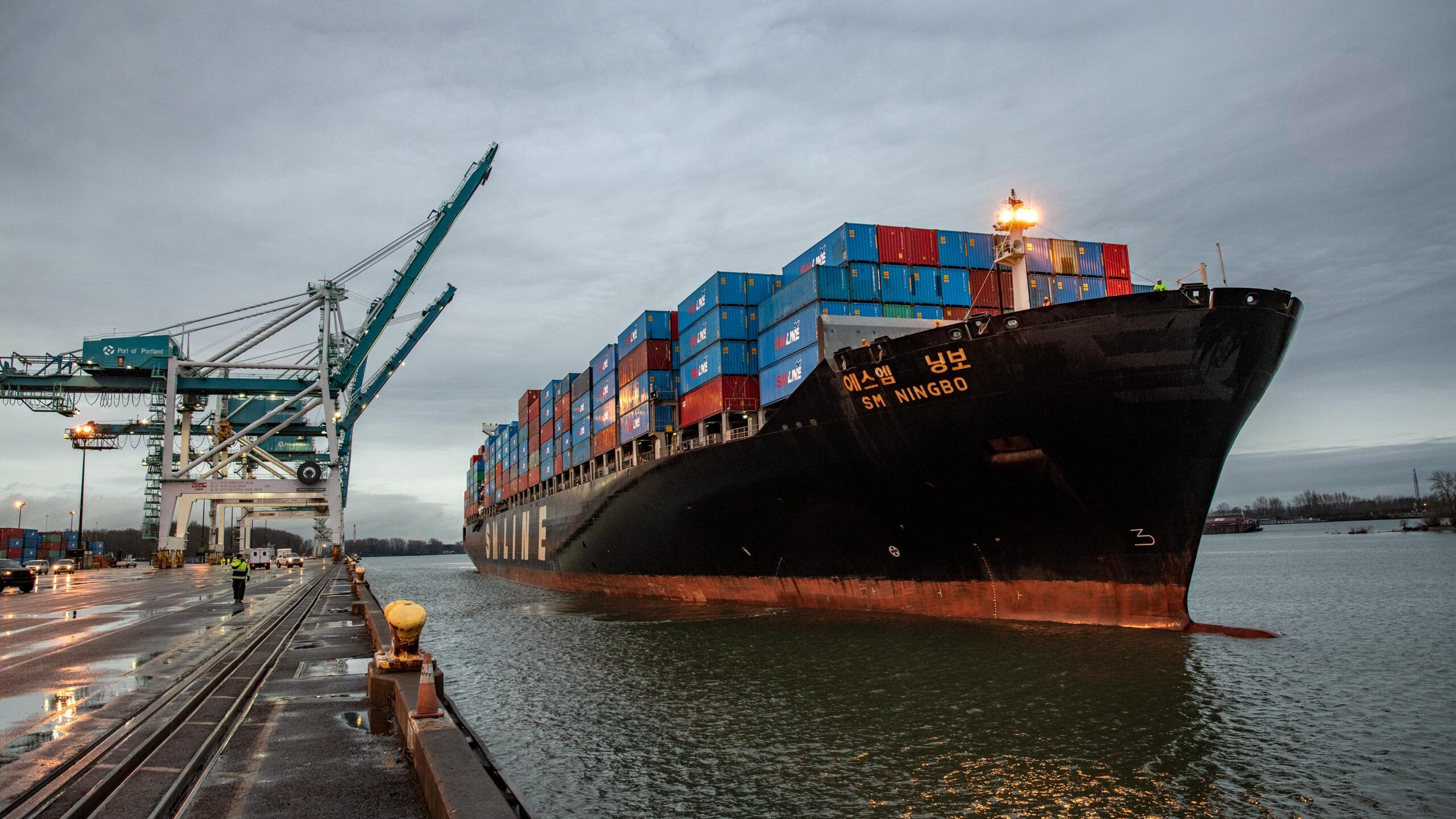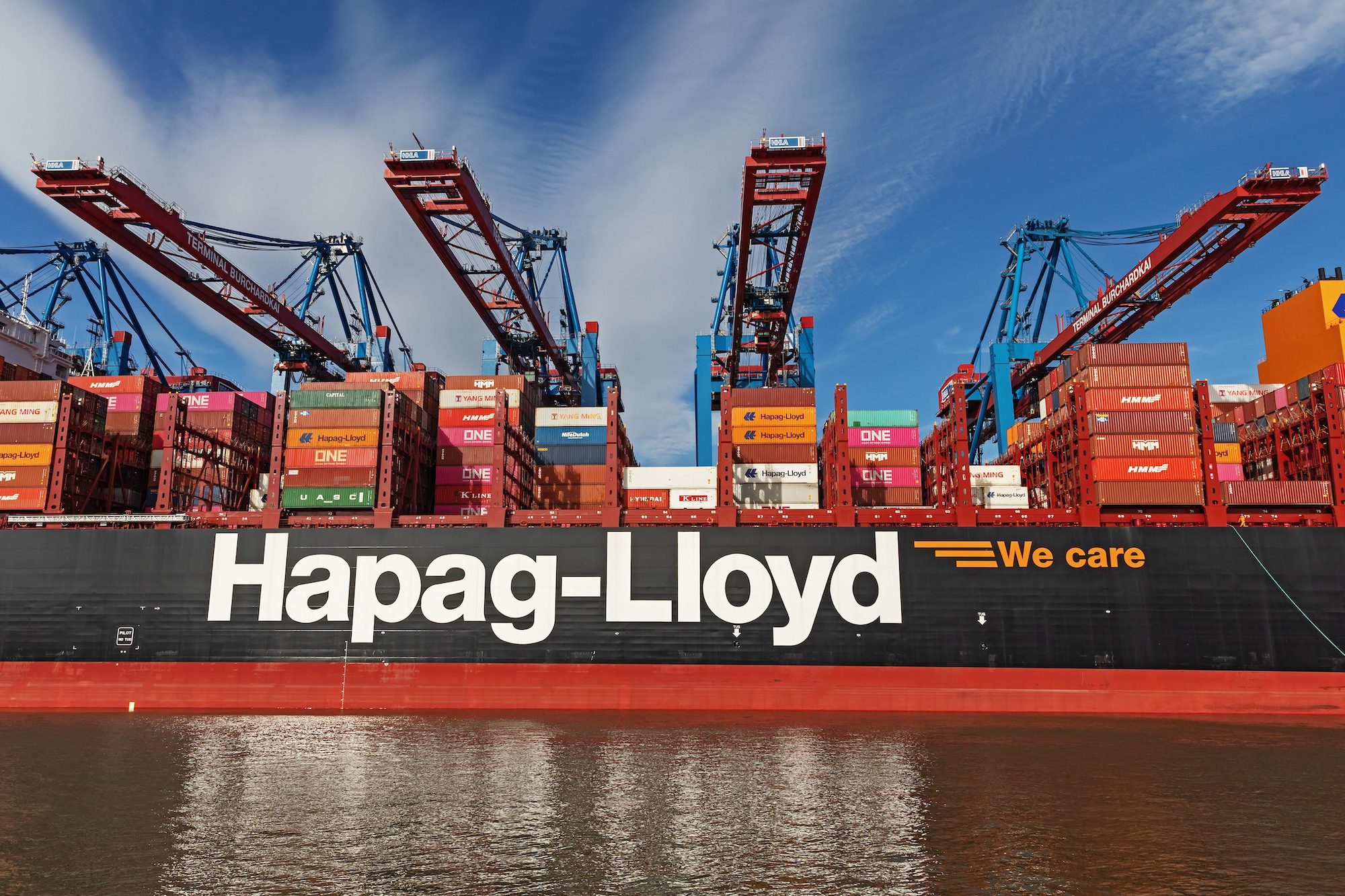By Anna Shiryaevskaya (Bloomberg) —
Shell Plc said demand for liquefied natural gas by 2040 will be slightly lower than previously forecast as the world prepares for life beyond fossil fuels.
The energy major, which usually holds a bullish stance on consumption, said in its global LNG Outlook that demand is expected to reach 625-685 million tons a year in 2040, compared with a previous estimate which saw top usage exceed 700 million tons.
Estimates for gas demand have varied widely due to the changing pace of the transition away from fossil fuels. Europe has inked long-term contracts with LNG suppliers as a way out of its energy crisis, while the US and Qatar prepare to further ramp up shipments. However, the US also recently imposed a temporary halt on new export licenses as it studies the climate effects, raising questions about the viability of LNG in the future.
Shell holds the largest gas liquefaction and marketing portfolio among global energy majors, servicing almost 20% of worldwide demand, according to Bloomberg Intelligence. Its outlook comes after the International Energy Agency in October lowered its forecast for global gas demand for a fourth consecutive year, seeing peak demand by 2030.
In its interpretation of Wood Mackenzie Ltd. data, Shell said global natural gas demand peaked in the 2010s in places such as Japan, Europe and Australia. It expects North America to follow in the 2030s and the rest of the world in the 2040s.
Still, global demand for LNG is expected to rise by more than 50% by 2040, even as gas consumption starts to peak, Shell said. Global trade in the fuel reached 404 million tons in 2023, up from 397 million tons a year earlier.
Europe and Asia Demand
Europe in particular has relied heavily on LNG imports after Russia cut most pipeline supplies in the fallout of the war in Ukraine, and the region has added multiple supply contracts to ensure the fuel flows beyond 2050.
Shell was among companies committing to a 27-year supply deal with QatarEnergy last year. Despite declining gas demand in Europe, the region’s contracted LNG volumes won’t be sufficient, Shell estimates. The market will require about 70 million tons per year of spot supply by 2025 and 50 million tons by 2030.
Europe also competes with Asia for volumes. China is switching away from more carbon-intensive coal, with gas satisfying industrial demand and complementing solar and wind power for grid stability. That view supports investments in the biggest-ever wave of LNG mega-projects in the US and Qatar, which are expected to begin operations in the coming years, helping to lower prices.
The LNG market “will continue growing into the 2040s, mostly driven by China’s industrial decarbonization and strengthening demand in other Asian countries,” Shell’s report said. Demand from emerging markets and shipping needs will also increase, while so-called security-driven demand will taper off after 2030, the company forecast.
Shell expects domestic gas production in southeast Asia to decline. New LNG supply that is set to come online in the second half of the 2020s will be absorbed after what it described as a “structurally tight” gas market.
© 2024 Bloomberg L.P.

 Join The Club
Join The Club










